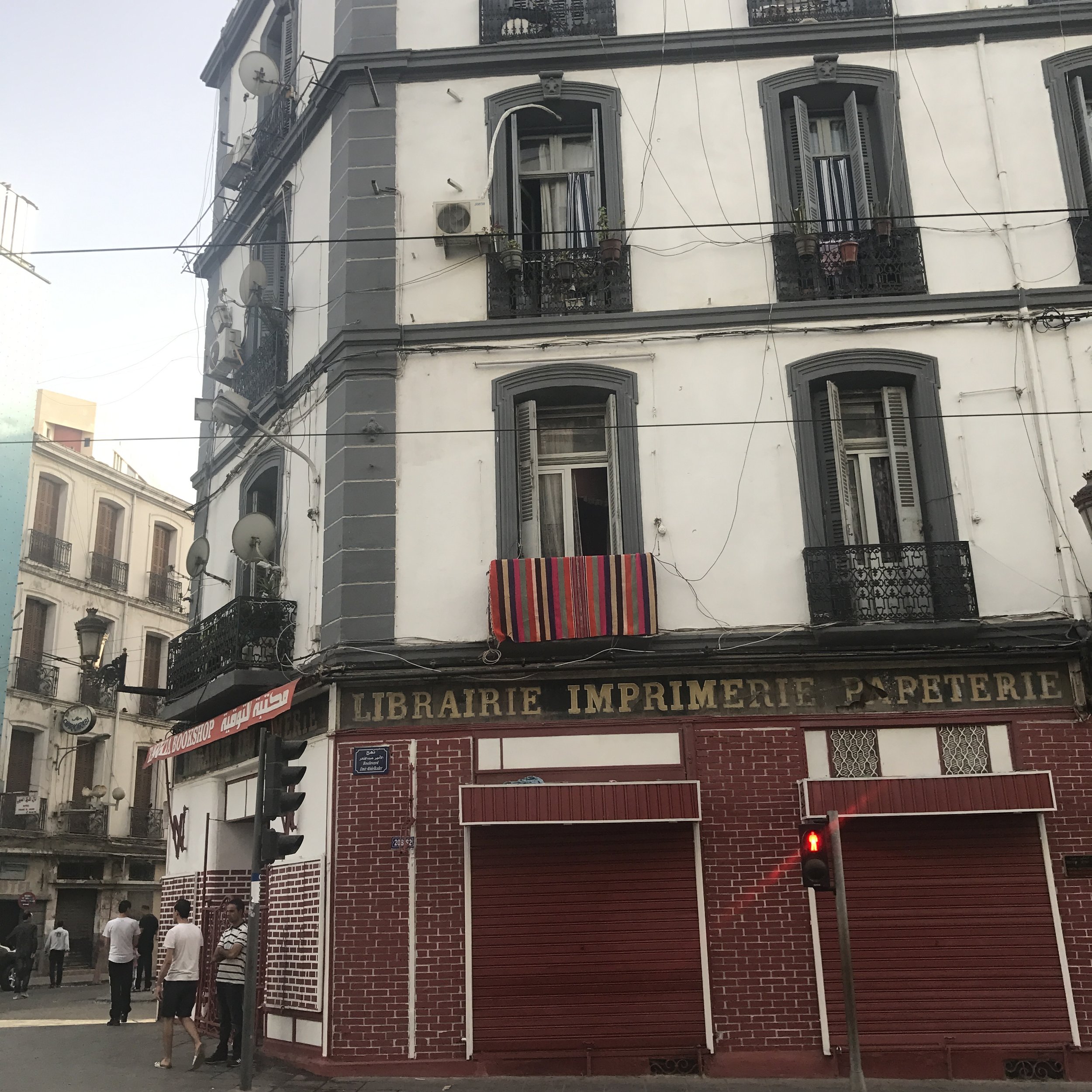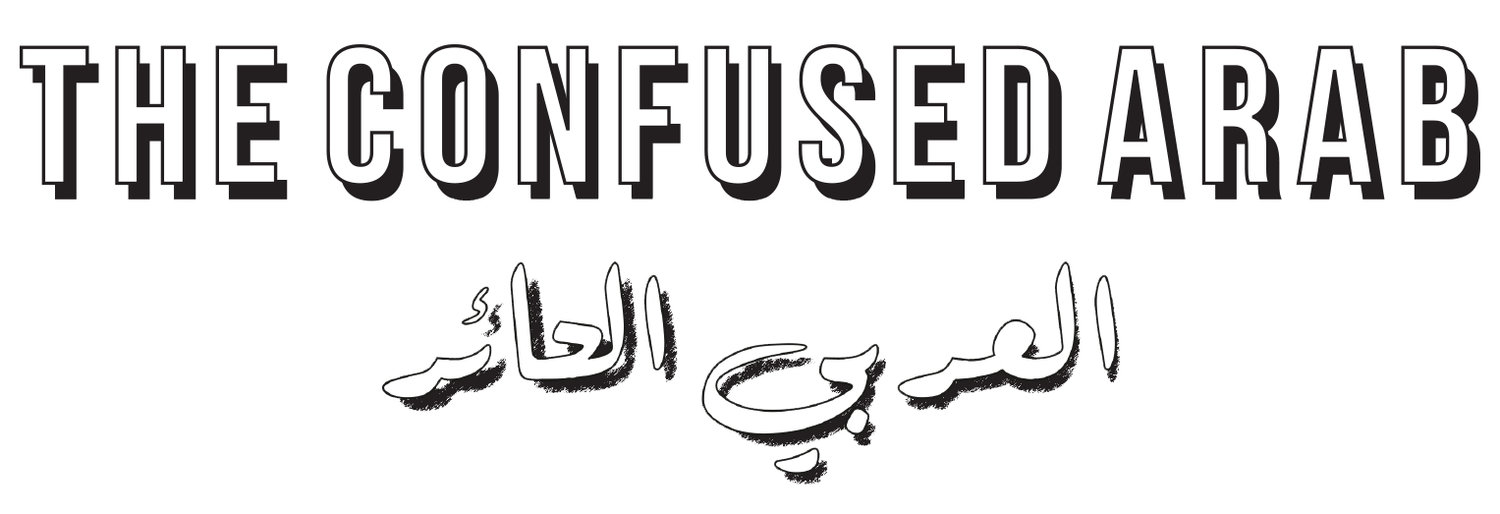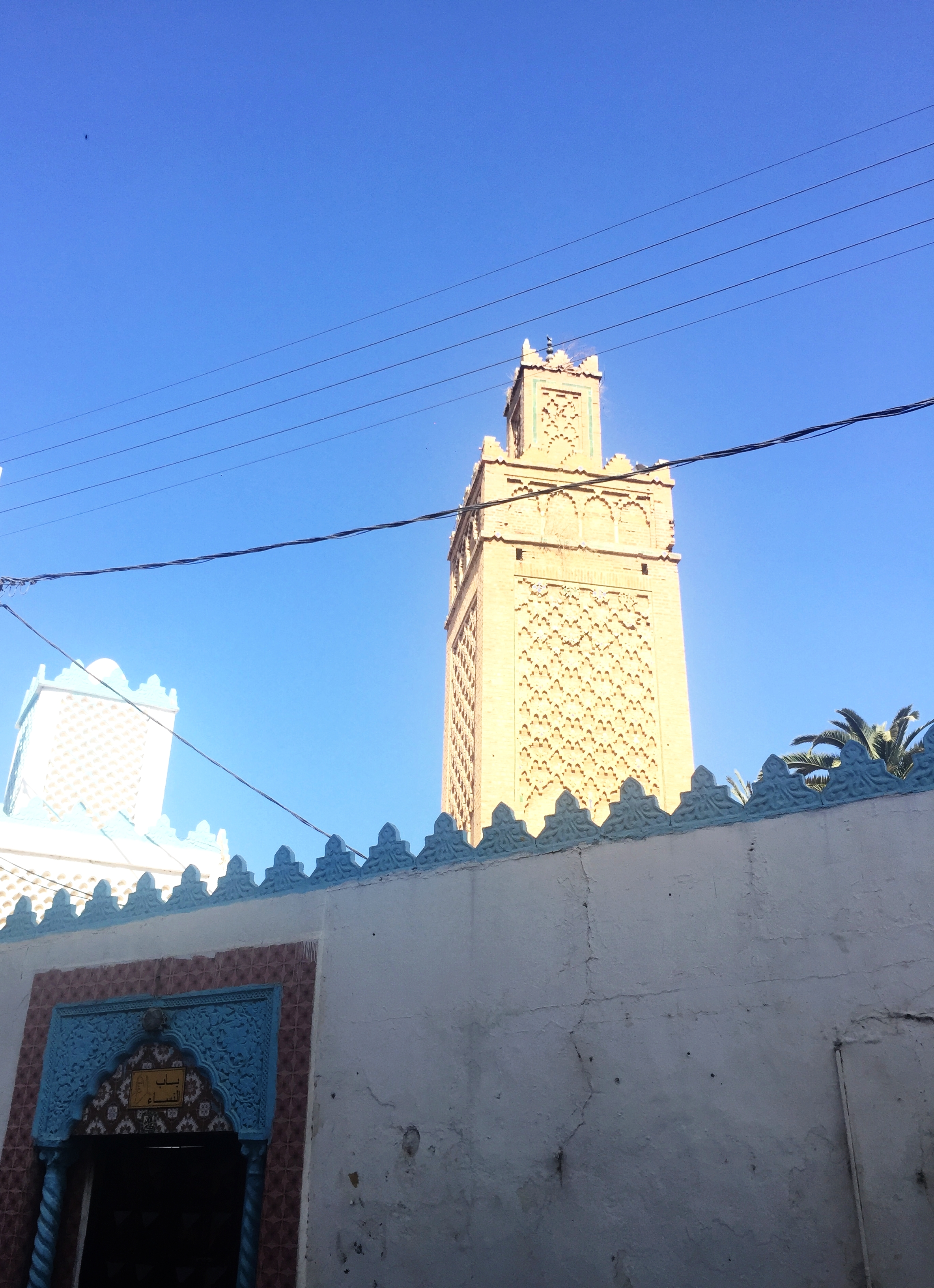





Oran-Discover
The Best of Oran
Oran-Discover
The Best of Oran
Overfamiliar but intriguing, laid-back and loud,
Oran is more than a city, it’s a song.
Identity Card
• Oran, وهران in Arabic (from Tamazight, ‘Ahran” lions) was founded in 902.
• Waharna (plural of Wahrani): around 800,000 but the total agglomeration has around 1.5 millions inhabitants.
• Languages: mainly Arabic, French, and Tamazight. The Oran darija (dialect) is very easy to recognize compared to the dialects of other regions.
• National currency: the Algerian dinar(DA): 1US$= 115 DA at the official rate (up to 160 DA on the parallel change market).
-Where are you from?
- Wahran (Oran in Arabic)
Observe the facial expressions. Quite instantly you will see a smile appearing on the face of the person you’re talking to. Capital of West Algeria, the region commonly called “Oranie”, Oran has always had a scandalous reputation due to its “live and let live”(relative) philosophy.
Here, they say, people have a spontaneous language; music is loud and women are freer. The city is internationally associated with Rai music, soundtrack of the urban agitation which resonates from homes to cabarets.
Credit: Zakaria Kheddam
Al Bahia is the first touristic destination of the country with very ambitious projects to make it a key Mediterranean metropole. The city will host the 2021 Mediterranean Games which should help it to bond over its sea port heritage.
During the French colonial period, Oran was the most European city in Algeria, and native Algerians represented just 35% of the total population. Spanish was with French the most spoken languages.
The geography and the history of the city have always helped maintain strong links between Oran and Spain. Founded in 900 by Andalusians sailors, the city went through all the great Berber and Muslim dynasties, from Almoravides, Almohades, to Zianides welcoming thousands of Moors and Sepharades from Andalusia fleeing the Reconquista in 1492.
Credit: Amel Benaoudia
A few years later, Oran was occupied by Spanish forces who remained in place for two centuries, until Ottoman troops took control of the city. Destroyed by two major earthquakes and emptied of its population by a Plague epidemic, Oran became a key destination for European colonization in Algeria. Boats full of Alsacians, Maltese, Italian andSpaniards accosted in Oran’s port. Before the independence in 1962, Oran was also home to also one of the biggest Jewish community in North Africa.




Today, Wahran is still a city where people come to be someone else or actually just be themselves. Many families from the East of the country or from Kabylie settled in Oran in the 1990’s to escape terrorism. When Algeria was facing terrorism, Oran remained a bubble where the tension was less perceivable. Many were scared that a rural exodus might turn the West metropole into a big village, but the various economic projects and future touristic development helped the city keep hold of its charming soul.
Insolent but appealing, Oran is free and spontaneous. She can be provincial but the sun gives her reflects of capital city. In songs or in novel, Oran has always been celebrated for its unique spirit making it, yesterday as tomorrow, an open scene for artists and life-lovers.
Famous Wahranis
• Reinette
Born in Tiaret in 1918, Sultana Daoud became blind when she was 2. Urged by her mother, , she joined the master of Jewish-algerian music, Saoud l’Oranais. He taught her the basics of classic Andalusian music and gave her stage name of “Reinette l’Oranaise”. She later played with great masters such as Mohamed Al Anka. In 1962 , she relocated to France where she performed in traditional Algerian weddings. In the late 1980s, with the growing interest for ‘World music”, Reinette came back to fame with several concerts between Paris and London. She passed away at 80 years old in Paris.
Watch here a great documentary (in French) on her life directed by Jacqueline Gozlan
• Rimitti
Rimitti never revealed her full real name. Born in 1923 near Sidi Bel Abbes, Saadia el Relizania (from Relizane in west Algeria), started her career at 15, singing and dancing in a traditional Gasba (Rural Bedouin flute) troop. She earned her stage name “Rimitti” from her generosity in the bars and cabarets in which she was performing (Rimitti comes from French word “Remettez” Putting back). Through her songs, Rimitti created several scandals by popularizing explicit songs traditionally sung in women-only environments. After the Independence, she spent several years in France where in 2006 she released an album opening her career to a wider audience, performing in NYC and eventually collaborating with the Red Hot Chilli Peppers.
• Abdelkader Alloula
Thanks to several plays in darija (Algerian Arabic dialect), Abdelkader Alloula initiated the birth of a strong Algerian theater scene. After landing several roles at the national level, he became the Head of the Regional Theater of Oran. Through adaptation of Gogol as “Hammam Rabi” (from the ‘Government inspector” by Gogol), or “El khobza,” he was denouncing the socio-political situation of Algeria on stage. Alloula was murdered in Oran by Integrists in 1994. As an homage, the regional theater of Oran has since been named after him.
• Cheb Hasni
Born Hasni Chekroun in Oran in 1968, he remains, despite his assassination in 1994, an icon of Rai music. Through his prolific career, Hasni developed his own style called ‘Rai love’, with romantic lyrics dealing with social topics as forbidden relationships, emigration and nostalgia. His main hits are “Bayda mon amour”, “Tal ghiabek ya ghezali” and “Mazel souvenir andi”

Oran-Look
The Best of Oran
Oran-Look
The Best of Oran
Oran is welcoming travelers not tourists. Find here the main areas and places to visit and feel the soul of the city:
Front de mer
City Center
Mdina Jdida
Sidi el Houari
Santa Cruz
Front de mer



That long paseo is often the first contact people have with Oran. Le “Front de mer” is what a lot of travelers and locals keep in mind when they think of the city. This 3-km long boulevard is a balcony on the Mediterranean Sea where at sunset, families go for a walk or to enjoy ice creams.
Every stand has its own special ice cream recipe and sitting on plastic chairs you can take part in one of Algerians’ favorite activities: looking at people passing and talking about them.. The facades of the French architecture buildings and the palm tree-lined alleys give off a mix of Havana and the French Riviera, especially the cupola of the former Martinez hotel.
City center
Oran remains the most European city of Algeria. Take a stroll around the “Place d’Armes” where the statue of the Emir Abdulkader has replaced an Old French Military glory and you will feel like you’re in Marseille or Naples. The recently renovated Town hall, described as a ‘pretentious house’ by Albert Camus, was built in 1886. The two bronze statues of lions represent an allegory of the city name (which explains why locals often call it “Dar Sbou3a” (Lions House)) welcome you to this architectural jewel.
Nearby, you will find yourself facing the ‘Oran Opera,” which was inaugurated in 1907 and has since been renamed Regional Theater Abdelkader Aloula (check Discover to have more info). Roman style statues of bare breasted women top the building symbolizing different arts. Walk few minutes or take the tramway to reach the Boulevard Emir Abdelkader. As you ride, look up to see old remaining of a “Edition Disco Maghreb” poster showing where the former pioneer edition house was located--a real temple of Rai music.
From the Hotel Royal, go down the Boulevard de la Soummam where you will find Le Cintra, an old colonial café with a portrait of Camus,, to remember how as an Algerois (from Algiers the Capital), he was scornful towards Oran.
Take the Rue Larbi BenMhidi , and have a stop at the newly inaugurated Musee d’Arts modernes d’Oran, which is located in the old mauresque department store Galleries Algeriennes. Still a bit empty, we hope that this new place will bring a new dynamism to the local art scene.
Ask for the former rue d’Arzew and its arcades. In front of it you will find few stands selling flowers, put your head up and you will admire an amazing example of 1930 Mediterranean architecture.
Stroll in the direction of the Plateau St Michel, a former residential area where Yves St Laurent was born and lived until he was 17. Ask for the Central Railway station, which is a great example of new Moorish architecture.
Mdina Jdida
Formerly called “Village negre” (Negro village in French), this overcrowded area of Oran was built by the French in 1834 as a gathering place for thelocal indigenous population. Whether you’re looking for food staples, traditional Algerian clothes or cosmetics, you can find it all in the “new city” (Mdina Jdida meaning in English). Go early morning to see the hustle and bustle of clandestine merchants fleeing from the Police or women window shopping for gold.
Sidi el Houari
This area is the historical heart of the city where you can see the different influences which have crossed Oran.
Sidi el Houari , considered as the Saint Patron of Oran, is a Muslim cleric who lived in the 15th century. His mausoleum is at the center of the area and visited by devouts from the region.
The Imam Houari mosque, built in 1799, with an Andalusian style is of a greater architectural interest.
From there, go in direction of the Hammam (old baths) of the Bey. Along with the Bey palace, which is nearby, they are currently undergoing a major renovation.



Santa Cruz
The Chapel of Santa Cruz is for Oran what The Christ is for Rio. On the top of the Murdjajo Mount, The Chapel of the Blessed Virgin Mary is still a catholic place of pilgrimage. Built in 1847 to ask for protection from a cholera epidemic, it is a favourite hang-out for visitors, or a place where families take in a panoramic view of Oran.

Oran-Eat
The Best of Oran
Oran-Eat
The Best of Oran
So you like merguez in your couscous?
Sorry we don't. A great mix of Berber, Andalusian, Arab and Ottoman cuisines, food in Oran is diverse, colourful. Other big Algerian cities as Algiers, Constantine and Tlemcen share with Oran delicate and traditional dishes not to be missed, however we have selected for you the best of the west coastal capital city.
Local specialities
• Karentika: Original oranian street food. Said to have a Spanish origin (from “calentita” Spanish to say a bit hot). Chickpea flan to be eaten in bread with harissa sauce and cumin.
• Maaqouda: Mashed potatoes deep fried with onions, parsley, saffron and sometimes cheese.
• Berkoukes: Traditional dish “cousin” of the Couscous, made of 2-3 mm diameter balls. It is served with a sauce “marga” and generally prepared in winter or during some celebrations such as “Mawlid Nabawi” (Prophet’s Birthday).
• Harira: Thick soup part of the Andalusian Cuisine heritage, traditionally served during Ramadan in Western Algeria and Morocco.
• Oranian Paella: The huge Spanish community left food heritage with paella. The saffron rice meal is still prepared by families on weekends.
• Mouna: Orange blossom flavored brioche (bun).
• Torno: Biscuits with flavor of anis or orange blossom traditionally prepared for kids.
KHAIMA BENI CHOGRANE
Credit: Fadela Mecheri
In a city full of fast-food, if you don't the chance to be invited at local's place to taste home food, Khaima Beni Chograne will be a light in your culinary discovery. Spicy Harira, Baboush (snails) or Rogag,(thin bread, with lamb and sauce)are not to be missed. The vintage colourful decor and the khaima (tent in arabic) make you travel in rural Algeria.
Adress: Rue Mimoun Bouadjem +213 772 66 93 50
LA MOUETTE II
You will often hear that it's more and more difficult to find seafood as Algerian sailors sell it to Spaniards. Be brave and taste Oranian Paella or grilled fresh swordfish, redsnapers and gambas a la plancha. People generally head to 'La Pecherie' however we prefer Sidi El Houari area. La Mouette is not a posh hang-out but you will be sure to get fresh fish, lick your fingers and wipe them on the paper table clothes.
Adress: 6 place de la Republique. Sidi El Houari area.
KARENTIKA
It's the Wahran hot dog. Get your half baguette sandwich with cumin and harissa in Mdina Jdida or in La Bastille. Your relation with bread is a bit difficult? Ask your Karentika without bread on a thin newspaper-like foil and don't forget to ask for a plastic fork.
Everywhere in the streets, favourite spots are in Mdina Jdida Souk and La Bastille food market
SFENDJ STALK AKA 'MOUL EL SFENDJ'
Sfendj are the Madeleine de Proust of every North Africans. Mint tea best friends, these fatty deep-fried doughnuts can be made at home or bought in every neighbourhoods at 'Moul el Sfendj' generally familiar faces. When you are visiting Downtown Oran, near La Bastille food market don't miss to taste some of the best sfendj.
Adress: This place has been recommended by @wardoutta, more than an adress it's an itinerary! Facing the Grand Garage d'Oran on Rue Mohamed Khemisti, take the left pavement until you reach a Pharmacy at the first corner,take left and leave the Khemisti Street, go down the road and take the first right, here is "Moul el Sfendj"! street St right

Oran-Speak
The Best of Oran
Oran-Speak
The Best of Oran
"On va s'aimer, on va danser, c'est la vie..."
You are a native Arabic speaker and weirdly the only part of the song that you get is the French lyrics.
Get a bit of Wahrani dialect but we don't guarantee you will understand Cheb Khaled... as we sometimes don't ourselves!
• How are you?:Kerak (m)? Keraki (f)?
• Good: Ghaya/Labess
• Oh my God!: Hawdji ana! Ya Hay!
• I don't speak Arabic: Ma nahdarsh el arbiya
• I can/I can’t: Enejem/Ma nejemch
• Handsome/Beautiful: Chbab (m)/Chaba , can also be used for objects.
• What?: Shawala?
• Who?: Shkoun?
• Yes: Wah
• Wait: Qare3 (m) Qar3i (f)
• Come down: Houwood (m) Hawdi (f)
• Really!: Bessa7!
• Please (begging): Hambouk (from Allah yar7am Abouk)
•A girl: Shira
• Are you joking?: Erak teza3aq (m)? Eraki teza3qi (f)?
• A car: lauto
• Children: Drari
• A baby:Ghoriyane

Oran-OhNight
The best of Oran
Oran-OhNight
The best of Oran
Far from the glamour of the French Riviera or the boho nearby Ibiza, nights in Oran are rough and things don't happen underground but under the tables. Only few cities in the world are entitled to call themselves home of music styles, and Oran is one of them.
Rai and its diverse forms are everywhere, from the balconies to the speeding cars. Don't look for it, it will find you.
WEDDING
Before Wedding-planning became a lucrative business, wedding used to take place on the top of every building of the city. Green canvas and light bulbs were the sign to know where was the party at. The majority of Rai singers, specially the Medahat style started to perform in traditional weddings. Times changed, wedding celebrations got more sophisticated but in the manichean popular psyche, el A3ress (wedding in Arabic) remain the lighted side of Wahran nightlife. Try to be invited or just wander smiling in front of any "salles des fetes" (Party halls) in big hotels or in town to live a night without tomorrow.
Adress: Sheraton Oran, Meridien Oran or our favorite is the dedicated wedding celebration hall, Afrah el Djezair 30, Chemin de la Wilaya / 33, Dar El Beida –Oran – Algerie 31000 Oran, Algeria
CABARETS
Dark-side Oran. Wahran is moody and “el cabariyet” (the Cabarets) are the place where she likes to swear, to drink (nor always first quality red wine or local beer) and to dance carelessly. The sound and the clientele are often loud as until now all aspirant Rai singers must pass the Tebriha test to start a Cheb or Cheba career: during their performance depending on their ability to entertain the crowd, singers are cut by clients paying for a Tebri7a, special mention of the name and region of the client starting by the amount given and the formula “Fi khater…” (specially for…). Except for regulars, the atmosphere is more undercover than underground and you generally you won’t be authorized to film or take pictures.
Adress: Several places: La Guinguette in Canastel / Cabaret El Djawhara Rue Frih Mohammed Tel: +213 796 59 99 94 /Cabaret Manara in Ain El Turk Tel: +213 550 40 94 51
ATMOSPHERE CLUB
It's not Amnesia but this provincial club located in the Sheraton Hotel Oran is the place to listen to Deep House or Hip Hop in town. Thursday evenings are often animated with Gogo dancers but as previously mentioned nothing very niche here.
Adress: Sheraton Hotel, Boulevard 19 Mars. Tel: +213 41 59 01 00































